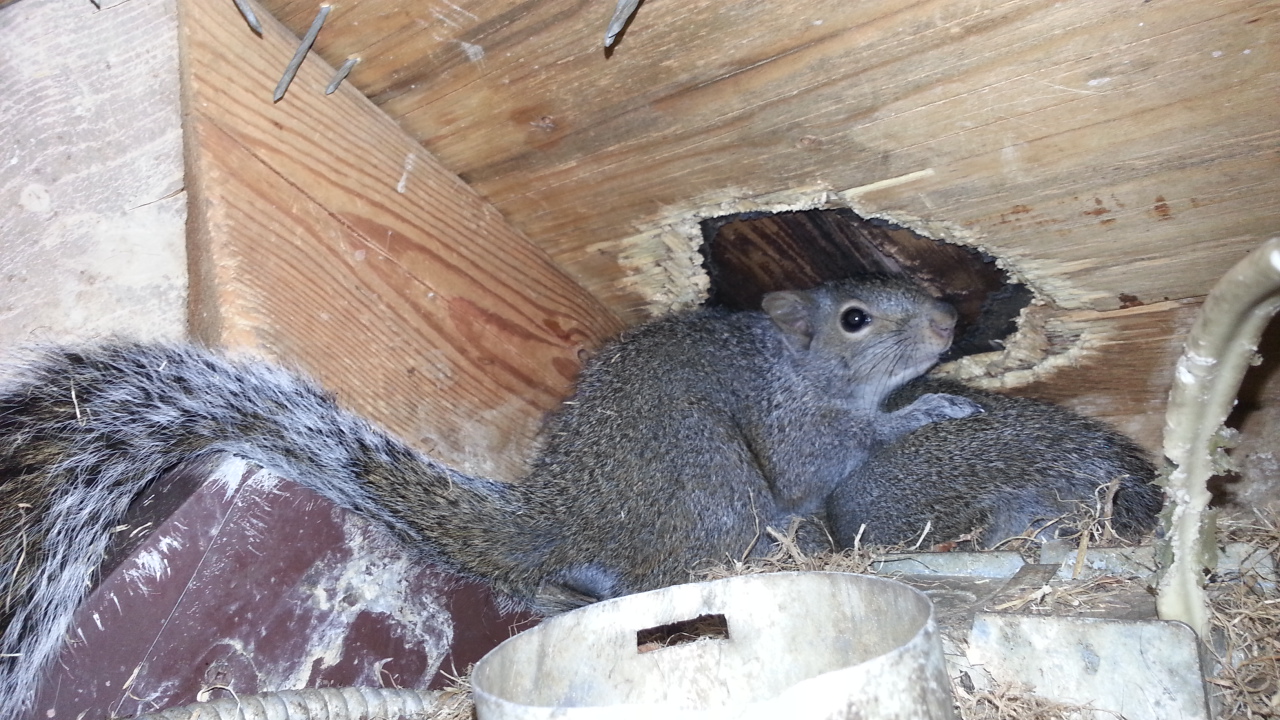The smallest animals can sometimes cause the biggest nuisance. Of all the wild animals that can invade your home, including mice and raccoons, squirrels can cause the most significant negative impact, according to wildlife experts. Despite their cuteness and generally positive public image, squirrels are rodents that can create a fire hazard by chewing on wires and spreading diseases through their feces. This is why you should call Skedaddle for professional wildlife control in Okanagan for squirrel removal if you notice any signs that they have invaded your property. The longer the infestation is allowed to persist, the greater the negative impact can be.
1. Damage to Your Garden or Outdoor Furnishings
This may not be the most serious damage that squirrels can cause on your property, but it is one of the signs that may be easiest to spot. This damage may also be present before squirrels have taken the step of actually moving into your home, meaning that you may be able to prevent the intrusion itself with early intervention.
Like all rodents, squirrels have front teeth that continue growing throughout their lifetime. Therefore, they are always looking for hard objects to gnaw on so they can keep filing those teeth down. Patio furniture might serve this purpose admirably, especially if it is made out of wood. You may notice the teeth marks they leave behind. If the structural integrity of the furniture is compromised, or if you just don’t like the teeth marks, you may have to buy a whole new set.
Tree squirrels are primarily herbivores. Their favorite foods include seeds, berries, and nuts, but they may also feed on garden vegetables such as spinach, arugula, and kale. They may also eat fruit off of apple, plum, or peach trees. Not only does this mean less fresh fruits and vegetables for you, but the squirrels could also contaminate any plants that they don’t eat with their urine and feces.
2. Chewed Roofing Materials
Squirrels are adept climbers that can crawl up drain pipes if they so choose, but the most common way they get on your roof is by jumping from overgrown tree branches. Once there, they may chew on roofing materials to gain access to the attic. Like other rodents, squirrels have the ability to compress their bodies to squeeze through small spaces, so they don’t need a huge hole. If they find a hole that is not big enough for them to fit through, they can make it bigger with their teeth, and if there isn’t a hole, they can just make a new one by chewing through shingles, siding, or joists.
There are many different problems that can arise from squirrels chewing on your roofing materials. They could compromise your roof’s structural integrity by chewing on joists. Holes in shingles or siding can lead to water leaks, and other pests may enter your home through the hole that the squirrels made to get into your attic.
3. Urine Spots
If you have a squirrel infestation and you notice damp, discoloured spots appearing on your walls and ceilings, it could be a water leak or it could be something more disgusting: squirrel urine. Squirrels give birth twice a year and typically give birth to litters of two to four. A family of squirrels in your attic can produce quite a lot of urine, and they aren’t finicky about where they go.
Not only is squirrel urine gross, not only can it cause property damage, but it can also contain pathogens that can put your family at risk of contracting diseases such as tularemia and leptospirosis.
Understanding Our Process of Wildlife Control in Okanagan With Regard to Squirrel Removal
Skedaddle technicians remove animals humanely from the home without separating wildlife mothers from their babies. You can learn about the process in more detail, but we want to emphasize that it includes repairing any damage that the animals have caused and cleaning and decontaminating where they have been.




